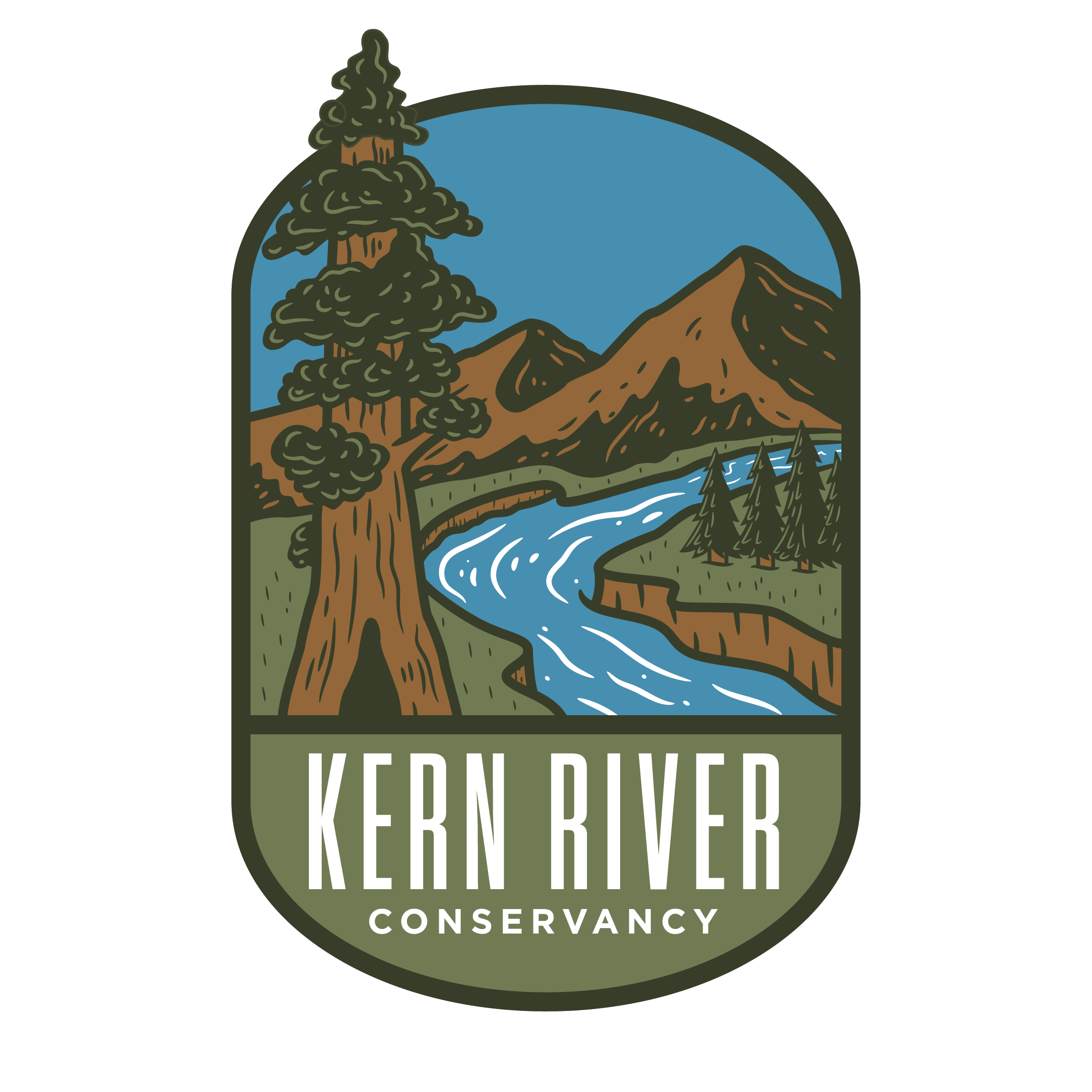Wild and Scenic - Kern River
Congress created the National Wild and Scenic Rivers System in 1968 to preserve certain rivers that provide natural, cultural, and recreational values in a naturally flowing state. These rivers may be designated by Congress or the Secretary of the Interior in special circumstances. A river must meet specific requirements to be designated as Wild and Scenic.
Wild River Areas: Those rivers or sections of rivers that are free of impoundments and generally inaccessible except by trail, with watersheds or shorelines essentially primitive and waters unpolluted. These represent vestiges of primitive America.
Scenic River Areas: Those rivers or sections of rivers that are free of impoundments, with shorelines or watersheds still largely primitive and shorelines largely undeveloped, but accessible in places by roads.
Recreational River Areas: Those rivers or sections of rivers that are readily accessible by road or railroad, may have some development along their shorelines, and may have undergone some impoundment or diversion in the past.
As of 2019, the Act protects 13,413 miles of 226 rivers in 41 states and the Commonwealth of Puerto Rico. While this may seem like a large percentage of rivers, it is actually only half of one percent of the nation’s rivers.
On 24 November 1987, the North Fork from the Tulare-Kern County line to its headwaters and the South Fork from its headwaters in the Inyo National Forest to the southern boundary of the Domelands Wilderness in the Sequoia National Forest were designated as Wild and Scenic. More specifically, 123.1 miles are wild, 7.0 miles are scenic, and 20.9 miles are recreational. The North Fork of the Kern, with its gradient of 30 feet per mile, makes it one of the steepest whitewater rivers in North America and very popular for whitewater boating.
This is a crucial designation for the Kern River because, under the act's protection, the river will maintain its free-flowing state. This supports a healthy river system, benefiting wildlife and people.

